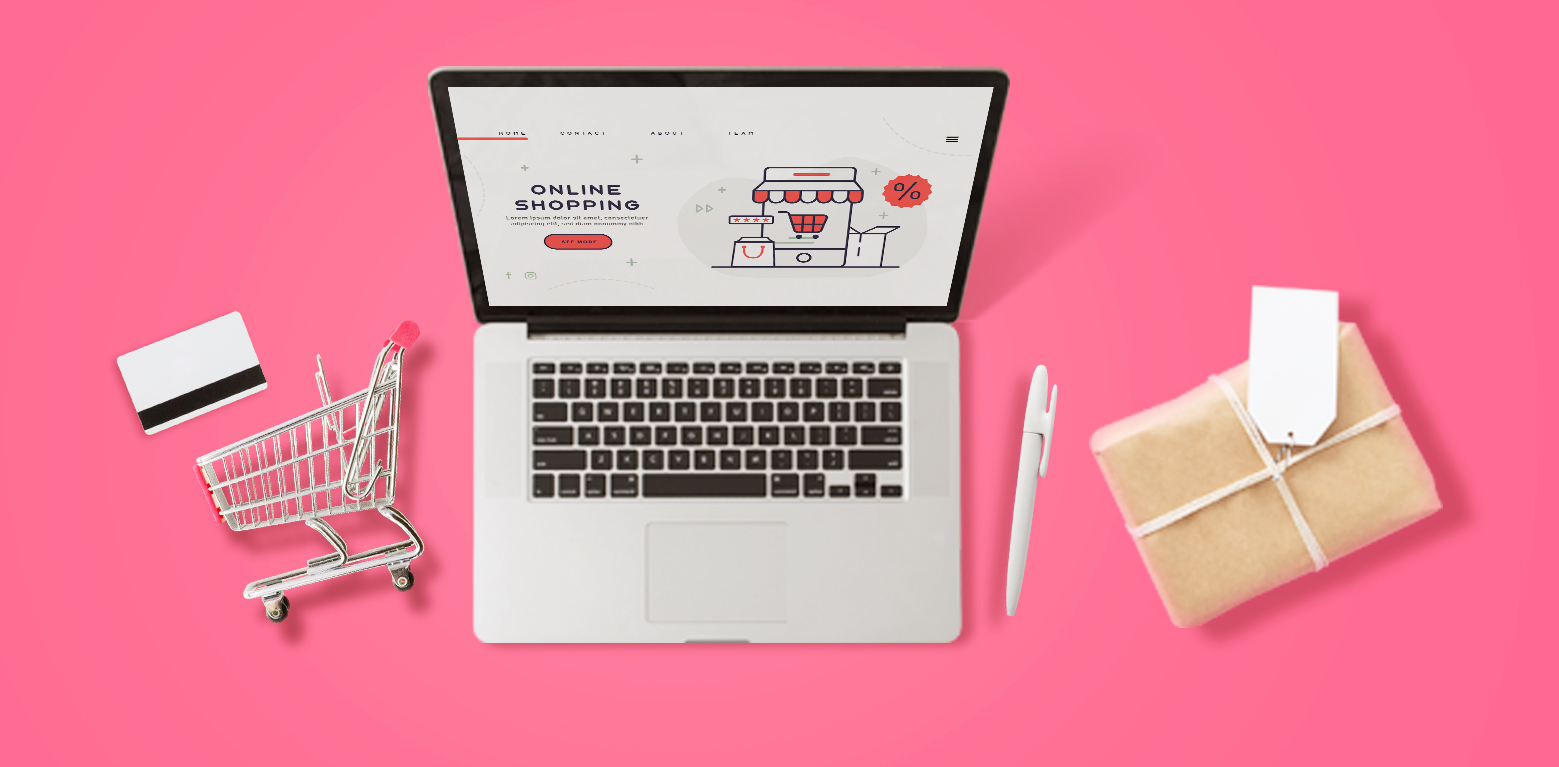Are you looking to embark on the Merch business? Etsy is a great and popular way to start with. It allows artists, crafters, and vintage enthusiasts to showcase and sell their creations to a global audience. With its vast and dedicated customer base, Etsy provides an established marketplace for your unique, custom-designed products, while its user-friendly interface makes it really easy to set up and manage your shop! So in this step-by-step guide, we’ll walk you through the process of setting up your Etsy store and getting it ready for success.
Step 1: Creating Your Etsy Account
To get started, visit the Etsy website (www.etsy.com) and click on “Register” to create a new account. You can either sign up using your email address or use your existing Google or Facebook account. Choose an account name that reflects your brand and is easy for customers to remember.
Step 2: Opening Your Etsy Shop
Once you have an Etsy account, click on “Sell on Etsy” at the top right corner of the website. Then, click on “Open Your Etsy Shop” to begin the setup process. Etsy will guide you through a series of steps to customize your shop and make it uniquely yours.
Step 3: Choosing a Shop Name
Your shop name is crucial as it represents your brand. Take some time to think of a name that reflects your products and appeals to your target audience: it should align with your brand identity and the type of products you sell. Consider the style, aesthetic, and overall vibe of your products and try to capture that essence in your shop name. Also, choose a shop name that is easy to remember and stands out from the competition. Avoid overly complex names that may be difficult for customers to recall.
Etsy’s search algorithm also takes into account the keywords used in your shop name! Try to research and include relevant keywords that potential buyers are likely to search for, as this can improve your shop’s visibility.
Don’t forget to ensure that the name is not already in use by another shop on Etsy to avoid confusion.
Step 4: Setting Up Shop Preferences
Etsy will prompt you to set up your shop preferences. These preferences will help Etsy display your products to the right audience and provide accurate pricing information! Some of the ones you can set up include:
- Shop title
- Shop sections
- Shop location
- Language
- Currency
- Owner photo
And many more! Take them as an opportunity to create a professional and personalized shop experience for your customers.
Step 5: Adding Listings
Listings are the heart of your Etsy shop. They’re the items that are available for sale in your shop. A listing is essentially a specific page or entry within your store that provides detailed information about the product. To start adding listings in your Etsy shop, just click on “Add a listing”. Provide detailed and accurate information about each item, including a compelling title, a thorough description, pricing, quantity, and relevant tags to improve searchability.
- Tip: Keyword research tools can help you to identify relevant keywords that your audience might be searching for. Try out Google Keyword Planner, SEMrush, Ahrefs, or extensions like Keywords everywhere and Keywords Surfer, and use those keywords in your titles, descriptions and tags!
Keep in mind when uploading listings that Etsy charges a listing fee and a transaction fee for every item you sell on the site. The listing fee is a flat rate of $0.20 for each item you list, and a 6.5% transaction fee for every sale. The listing lasts for four months or when the product is sold.
Original designs
Develop your unique design style and focus on creating original designs that stand out: this will help you attract buyers looking for something fresh and never seen before. You can check out our t-shirt maker to help you create incredible original designs! And if you’re planning on using designs from third-party providers, make sure to modify them; making them your own will help you differentiate yourself from competitors.
If you’re feeling uninspired and struggling to come up with fresh and original designs, take a look at our merch designs to gain some inspiration! You can gain insights into current trends, styles, and themes that are capturing the attention of customers, while also having the flexibility to download, edit them, and make them your own.
Uploading Photos
When it comes to selling online, visual appeal is crucial. Etsy allows you to upload up to ten photos per listing, so take clear, high-resolution photos that highlight the unique features of your products. Consider using props or models to showcase your items in real-life settings, giving potential buyers a better idea of how they can use or wear your creations.
And if you don’t have access to props or models to showcase your items in real-life settings, there are tools available that can help you create professional-looking mockups without the need for additional software or resources. Check out our Mockup Generator to generate mockups that simulate how your creations would look in various scenarios!
Step 6: Choosing Payment and Shipping Options
Etsy provides several payment options for your customers, including PayPal, credit cards, and Etsy Payments. Set up your payment preferences by connecting your PayPal or credit card account to receive payments securely. Determine your shipping options, including the regions you’re willing to ship to and the associated costs. Etsy also offers shipping label services to simplify the shipping process.
Step 7: Setting Shop Policies
Establishing clear shop policies helps set expectations for your customers. Define your return/exchange policy, processing times, and any additional terms and conditions you may have. Clear policies build trust and confidence with buyers, increasing the chance of them returning to your store!
Step 8: Customizing Your Shop
Customizing your Etsy shop is an important step in creating a unique and appealing brand presence. You can start easy by designing a shop banner and logo that accurately represent your brand and style (our vast collection of PNGs works great with branding designs!). Then, choose a distinctive and recognizable shop icon that will appear alongside your shop name, making it easily identifiable in search results.
Pay attention to your shop’s “About” section, where you can introduce yourself, share your story, and highlight what makes your products special: use this opportunity to connect with potential customers on a personal level and build trust.
Finally, consider creating a cohesive visual theme by selecting complementary colors, fonts, and layouts for your shop’s overall appearance. This consistency will make your shop visually appealing and memorable to visitors.
Step 9: Promoting Your Shop
Now that your shop is up and running, it’s time to spread the word and attract customers! Use social media platforms like Instagram, Facebook, Tik tok or Pinterest to showcase your products and engage with potential buyers. You can also participate in online communities, forums, or local events to expand your.
Additionally, consider offering promotions and discounts to loyal customers, such as running sales, providing free shipping, or offering exclusive discounts to repeat customers or social media followers!

But having a successful store isn’t only about setting it up! So we leave you here a few tips to keep in mind when selling on Etsy:
- Intellectual property rights: Only sell designs for which you have the proper intellectual property rights or licensing. Respect copyright, trademark, and other proprietary rights. Avoid using copyrighted material or designs created by others without their permission. If a seller is found to be infringing upon someone else’s intellectual property rights, Etsy may take action, including removing the listing, issuing warnings, or suspending or closing the seller’s shop. Be careful!
- Offer customization options: Consider offering customization or personalized options for your designs. Many buyers appreciate the ability to have a design tailored to their preferences, which can increase the value of your products and attract more sales.
- Set competitive pricing: Research and analyze the pricing of similar designs on Etsy to set competitive and reasonable prices for your products. Take into account factors such as material costs, time invested, and shipping.
- Provide excellent customer service: If you provide contact information in your store, make sure to respond to inquiries and messages promptly and helpfully. Positive customer experiences and reviews can help build your reputation and encourage customers to come back.
Setting up a store on Etsy is an exciting opportunity to turn your passion into a thriving business. By following this guide, you’ll be well on your way to creating a successful Etsy shop. Remember: the key to success is consistency, so don’t forget to continually optimize your listings and stay engaged with your audience.
And if you’re interested in opening more POD stores, check out our blog posts about How to Sell on Redbubble and How to get Accepted in Merch by Amazon!
Whatever you do, best of luck on your Merch journey!





